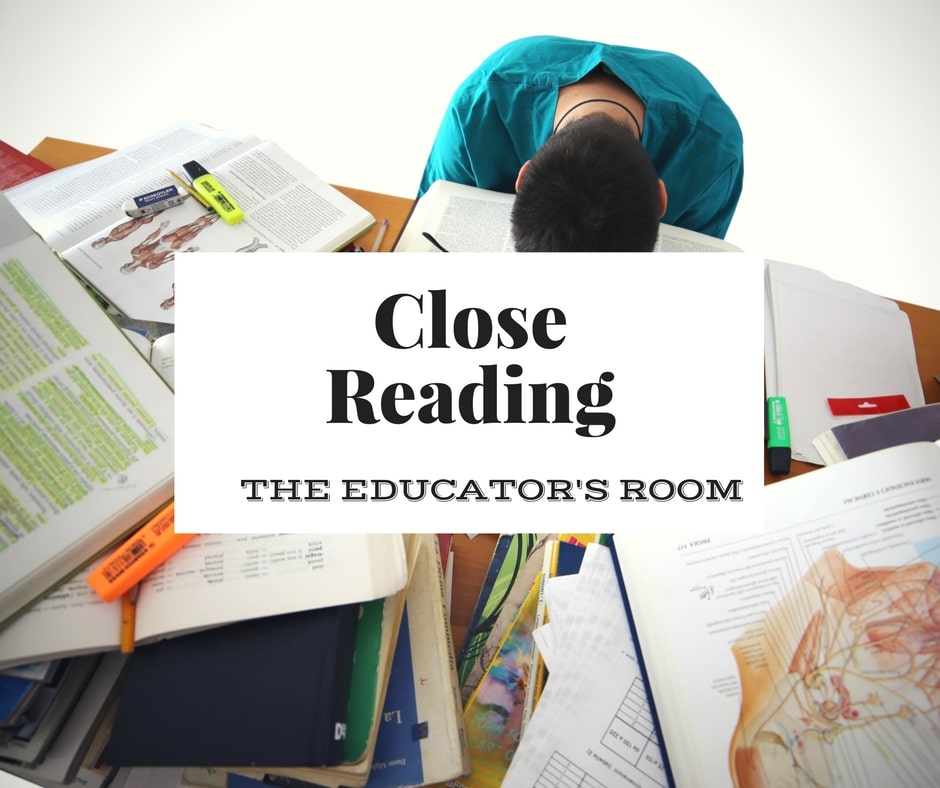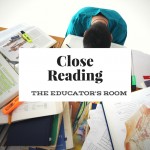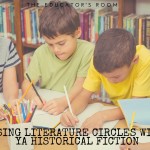This post is the second in my series on strategies for teaching students to do Close and Critical Reading (CCR). The first post defining it is here. The next one, about strategies for teaching summary, is here.
The second CCR question is How does the author say it?
Students need to understand what rhetorical devices are and how to identify them in order to answer this question. For many students just figuring out how to begin to answer this question is a struggle. There is just so much “stuff” that falls into this category!
To streamline it for students, our district has broken down three areas students should address when they are answering the “how” question about a passage.
Text Type
The first thing anyone does when they read, whether they do it consciously or not, is decide if what they are reading is fiction or nonfiction. From there readers can choose what genre they are reading. Most of the reading students do in a full-school day is going to be nonfiction. They get fiction and all its genres in English class, but the rest of the day is pretty devoted to non-fiction. Knowing the genre of writing they are reading is helpful for students to determine purpose. Is the piece trying to inform, persuade, or entertain them? Or something else entirely?
Structure Features
This area can be broken down further into four sub-categories: Point of View, Tone/Mood, Organization, and Sentence Syntax. Students–especially at the junior high level–are not expected to write extensively about each of these categories, but they should be able choose which of them are the most important to the piece they read in terms of helping the reader understand purpose.
Language
This can be broken down into two sub-categories: word choice and figurative language. Word choice includes the kinds of words the author uses to make his/her purpose known to the reader. Is it simple language or is it full of technical jargon? Is it a scholarly piece or something vulgar? Figurative language refers to the devices the author uses: simile, metaphor, imagery, etc.
You can see how students can get overwhelmed and bogged down when a teacher asks, “how does the author say it?” There is so much to consider. A lot of the devices above–like Language, Tone, and Sentence Syntax–are part of the ELA curriculum, but all content areas can teach text type and word choice. As a reader and an expert in your area, you probably read articles, essays, reports, etc about your content. Teach students to do what you do when you read it.
How do you evaluate whether something you are reading is trying to inform you or persuade you? What do you do when you see a graph in an article you are reading? How do you know if you’ve stumbled upon satire? These are the things our students do not come to us knowing.
In English, we can teach students about words and sentences and how writers choose those for meaning, but we cannot teach them why mathematicians write they way they do. Or how a science report should be read. We are not going over nutritional guidelines or sport handbooks.
All content areas have texts that are specific to their content, and students need to learn to be able to take any piece of writing and talk about the words, features, and purpose. Being able to do this will not just create better readers out of our students, but better writers and better thinkers too.







